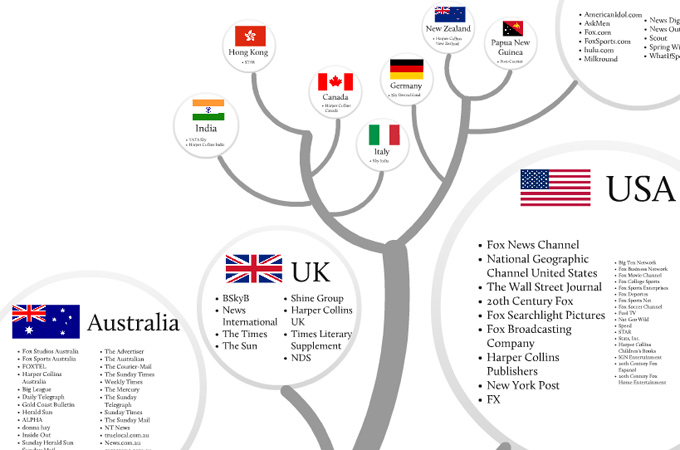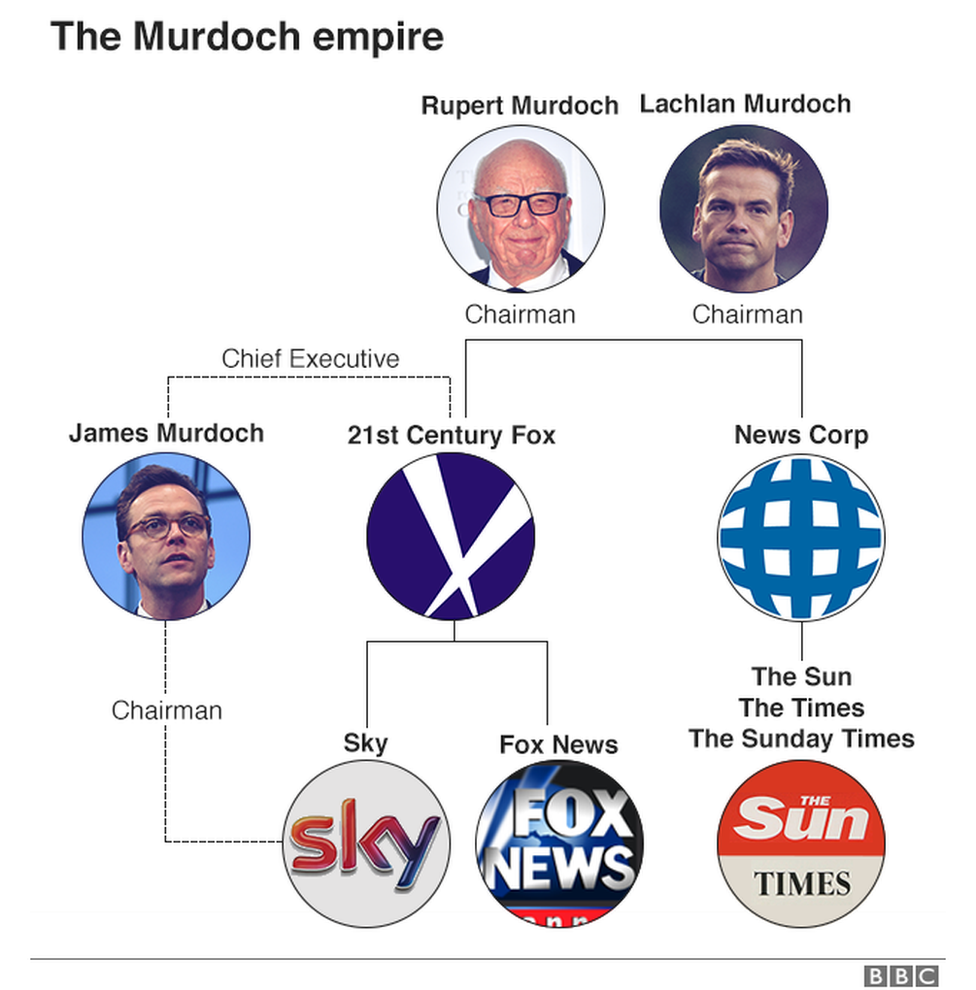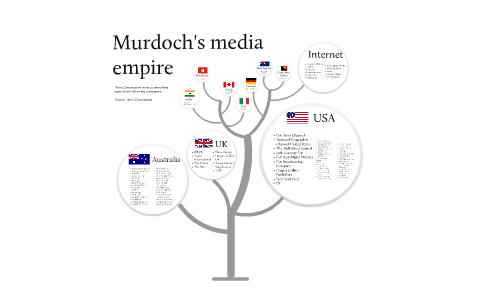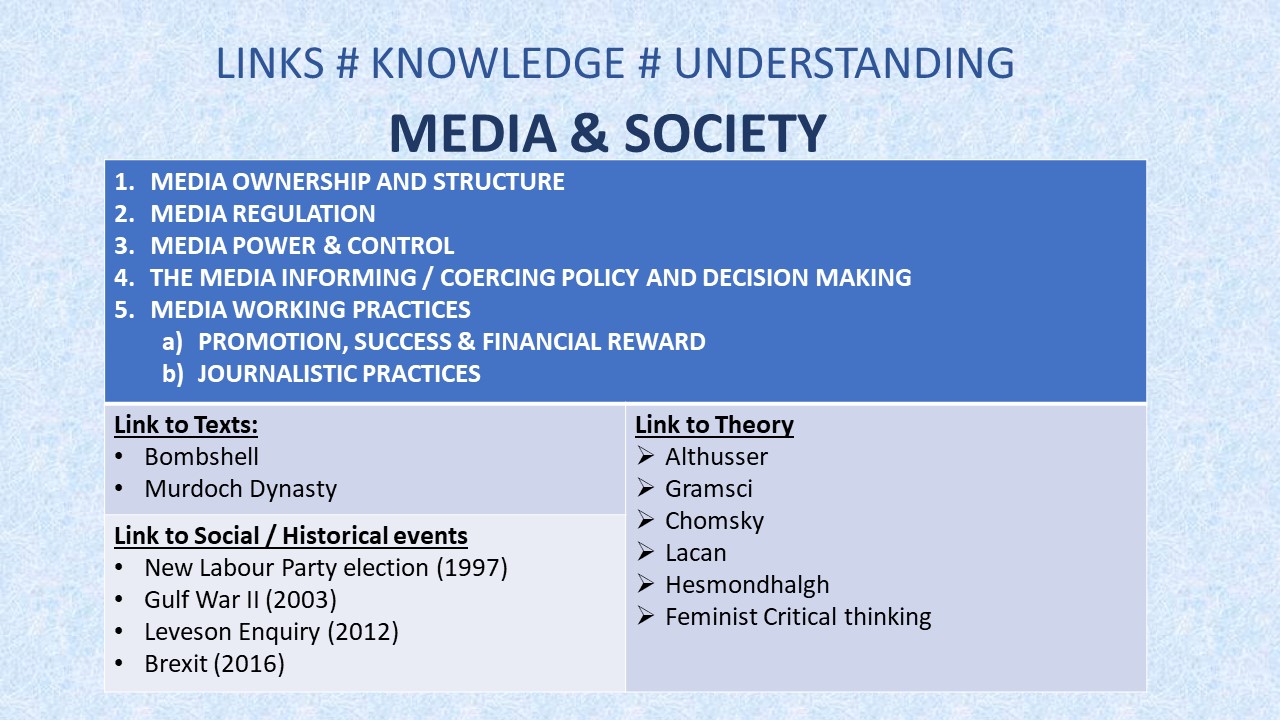In narrative theory we can talk about many different theorists within this theory, for example Todorov. Todorov proposed a theory which he believed was applicable to all films. He believed that all films follow the same narrative pattern through 5 stages. These are the Equilibrium, disequilibrium, acknowledgement, solving and again the equilibrium. Another theorist we can discuss through narrative theory is Vladimir Propp. Propp believed that stories are character driven and that plots develop from the decisions and actions of characters and how they function in a story. Levi Strauss also had a theory of binary opposition which is the system of language and/or thought by which two theoretical opposites are strictly defined and set off against one another.
Both ‘Letter to the free’ and ‘Ghost Town’ follow Toderov’s narrative theory, therefore giving them a clear equilibrium, disequilibrium, acknowledgement, solving and again the equilibrium. This is shown in Ghost Town for example with the opening being the first equilibrium of driving through the streets of London, showing the audience how London has become like a “ghost town”. The disruption is when the car swerves out of control. However, the new equilibrium is when the band return to the car and are seen at the end on a beach, which could be a symbol of things returning back to normal, because earlier on in the video things were out of control whereas towards the end, things seem to be relatively back to normal.
In Commons ‘Letter to the Free’ it also follows a narrative theory. The music video begins with a shot of the setting and then the focus on a black box, which could represent an infinity symbol of black lives and a constant reminder of the “black lives matter” movement. Then following that the disruption can be shown by Common being seen in a prison, playing music, demanding freedom. It can be argued that the disruption of this music video can be the imprisonment of black lives, which can mainly be seen through the whole video. This also applies Stauss’ theory of binary oppositions as well as Toderovs, because Common is talking about freedom, but in his music video he he has no freedom because he is trapped in a prison and he is trying to prove a point. Finally, the new equilibrium of the music video is the empty shots of the prison and a zooming out close-up of a house, with the outdoor shot symbolizing freedom and the freedom he has finally got. The black box appears to once again remind us of the message of the song that black lives matter and are equal to everyone else.









